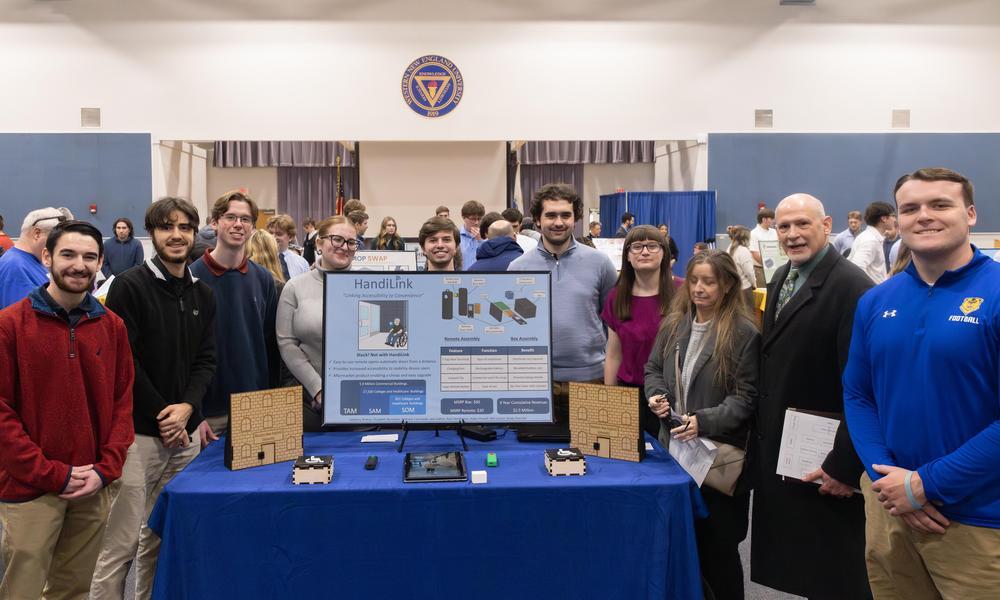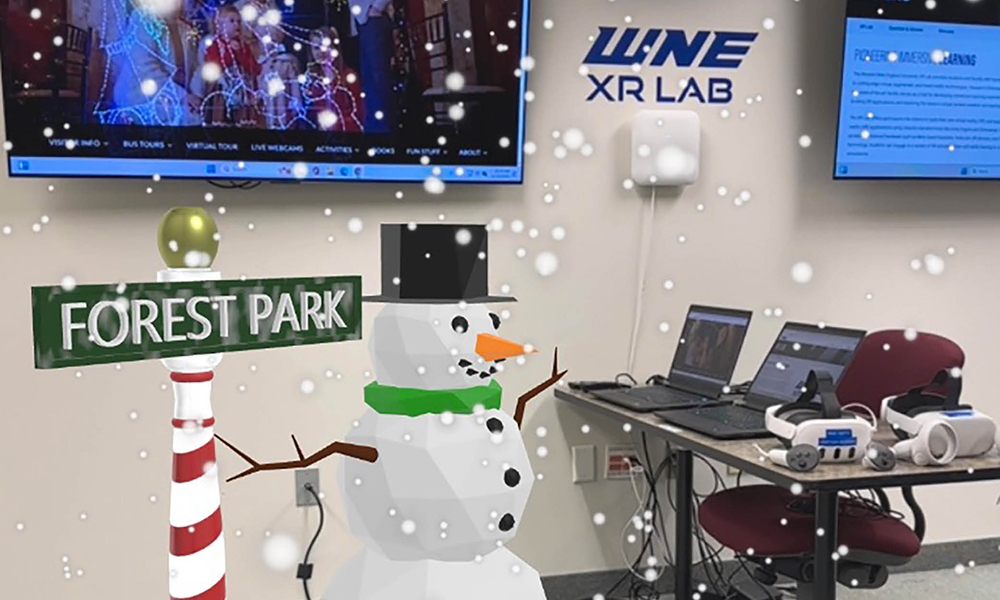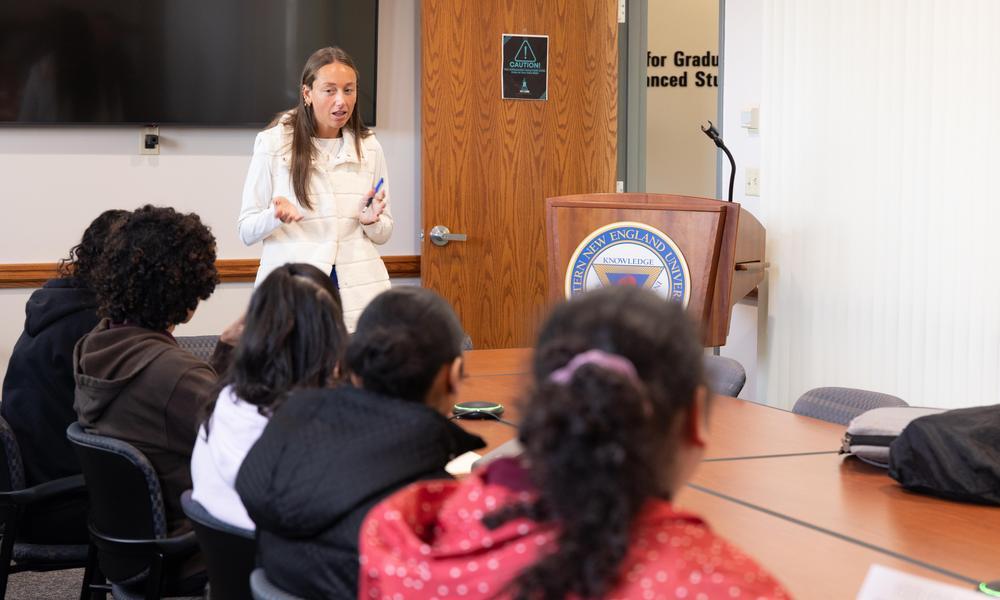Western New England University (WNE) Associate Professor of Biology Thomas Mennella has written an article titled "Why Banning ChatGPT in Class is a Mistake," in which he argues that ChatGPT, an artificial intelligence language model developed by OpenAI, should not be banned in the classroom.
In the article, recently published in Campus Technology, Mennella acknowledges the concerns of some educators who worry that ChatGPT could be used to promote plagiarism or the surrendering of thought to technology in the classroom. However, he also argues that ChatGPT has the potential to be a valuable learning tool for promoting student engagement and facilitating learning.
Mennella suggests that ChatGPT's natural language processing capabilities could be used to help students better understand course materials by breaking down complex concepts into more accessible language. Additionally, ChatGPT could be used to facilitate classroom discussions and even provide personalized feedback to students.
"Teaching our students to write is just like teaching our students arithmetic without a calculator, or literature research without the internet. Should we teach that? Yes, once or twice," says Mennella. "And then coach the leveraging of technology - the analysis of the product created by ChatGPT."
The content that AI generates will always need to be edited, sourced, fact-checked, and massaged into the appropriate voice, theme, and message for the target audience.
"Humans are good at intuition, feel, and subtleties. That's what AI will lack for a long time," says Mennella. "Thinking critically about the content that AI produces will be essential for the next generation, and we should be teaching it today. So, let's model, coach, and teach the editing and analyzing of AI-generated writing to our students instead of banning AI in the college classroom."
"Why Banning ChatGPT in Class is a Mistake" is a thought-provoking and timely contribution to the ongoing conversation about the role of technology in education. The article can be found on the Campus Technology website.





